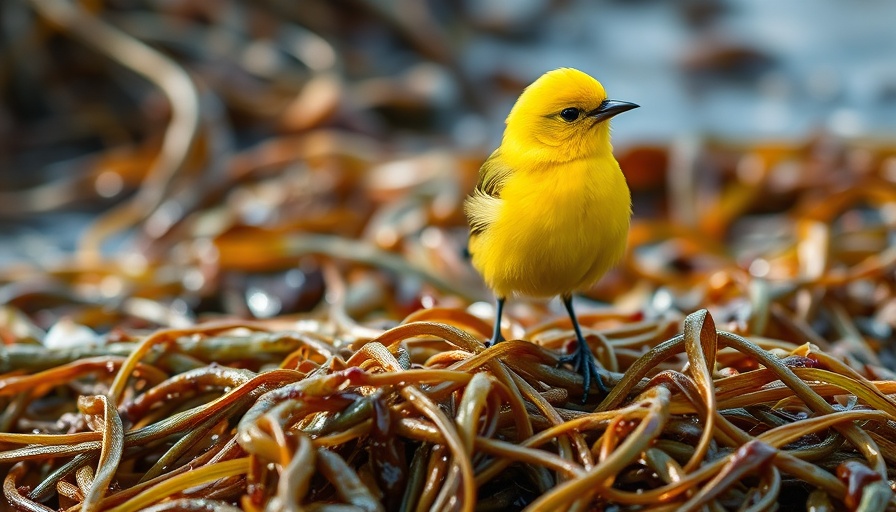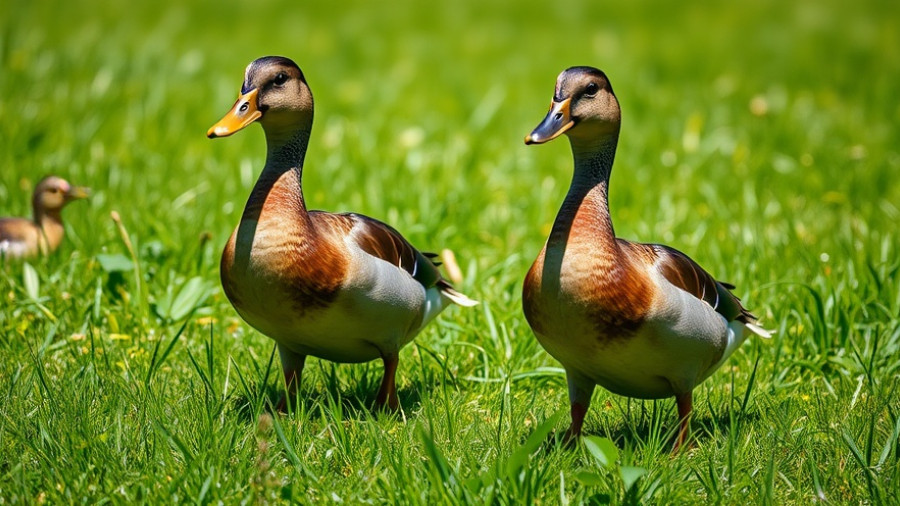
The Unsung Hero of Bird Diets: Why Maggots Matter
Birds exhibit a remarkable diversity in their feeding habits, making them some of the most adaptable creatures in the animal kingdom. Among the surprising items on their menus are maggots, which serve not only as a food source but also as a vital component in the ecosystem. Maggots, the larval stage of flies, are often plentiful, thus forming an integral part of numerous bird species' diets.
Nutritional Powerhouse: The Benefits of Maggots
Why do birds consume maggots? The answer lies in their rich nutrient profile. Maggots are high in protein, which is crucial for birds, especially during breeding and migration seasons when they require energy for foraging and nesting. Their soft, easily digestible bodies make them accessible for both adult birds and their chicks, who benefit immensely from this protein source as they grow and develop.
Which Birds Feast on Maggots?
Several bird species, particularly those that have adapted to foraging, actively seek out maggots. Among them are:
- Robins: Often found rummaging through compost or leaf litter.
- Wrens: Small and agile, these birds hunt for maggots amidst other insects.
- Crows and Magpies: Known as opportunistic feeders, they consume maggots they find in carrion or urban areas.
Interestingly, starlings and bluebirds are also eager to include maggots in their diets, highlighting the versatility of these larvae as a food source.
Environmental Harmony: Maggots in Nature
Besides being a nutritious food source, maggots play a crucial role in their environment. They aid in decomposition, breaking down organic matter and recycling nutrients back into the ecosystem. This makes them not only a great dietary option for birds but also a component of a larger ecological process. For garden enthusiasts, encouraging birds to eat maggots can help maintain a healthy environment as these birds contribute to pest control and nutrient cycling.
Conclusion: Embracing the Yucky for a Healthy Backyard
As we observe our feathered friends in their natural habitats, recognizing the value of an often-misunderstood food source like maggots can enhance our understanding of avian life. Next time you see a bird pecking at what may seem like garbage, consider this: it could be indulging in its very own gourmet meal. By fostering an appreciation for all aspects of bird diets, we can support their well-being and encourage healthier ecosystems in our backyards.
 Add Row
Add Row  Add
Add 




Write A Comment